Special events, gatherings and celebrations. It’s those milestone moments that require a good old-fashioned toast! Wondering how to pick a good wine? We ask Johnny Clark, resident winemaker at Charles Sturt University’s Gulbali Institute Agriculture, Water and Environment, for his top-shelf advice on how to choose a good wine.
Characteristics of wine: knowing your Pinot Noir from your Pinot Grigio
Firstly, knowing how to pick a good wine means understanding who’s who in the vineyard.
“All wines have distinct features that set them apart from other wines. This is why when you walk into a bottle shop, there are hundreds of different wines. Milk, butter, bacon and celery have much less variation in taste and will have a limited selection in supermarkets. I guess this is where the fascination for wine comes from. You have wines from different countries, where there are different regions, made by different winemakers from different varieties of grape.
“For example, a 2022 Barossa Valley Shiraz will taste different to a 2023 Yarra Valley Pinot Noir. Why? Barossa Valley has a warm climate, and Shiraz is known for its robust red berry fruit and tannin. Winemakers typically work hard to extract tannins and body, while in the Yarra Valley, a much cooler spot, they plant Pinot Noir, as it ripens earlier. It is paler in colour with lighter tannins and has a delicate nature. So it’s often fermented to preserve and enhance its grace and elegance.”
How to spot a good wine
Now, there’s more to spotting a good wine in the line-up at the Bottle-O or cellar door than understanding the carefully crafted description on the label.
“Balance. Length. Intensity. Complexity. A good wine has balance – it is not too powerful, not too oaky or acidic. It has a length of flavour – the taste stays with you as it leaves your mouth. The flavours are intense – they’re concentrated and noteworthy. Think of the best apple you have ever tasted, that’s intensity of flavour.
“Good quality wines are complex. They may show aged characters, oak-derived flavours, cool and warm notes from the climate the grapes come from and then, when blended and bottled, all of the tastes that come from different fermentation techniques and barrel maturation.”
But wine buyers, beware!
“A wine is considered poor quality if it is dilute in flavour, has a short finish and is out of balance.”
While you’re contemplating finding the perfect wine, you can find out the difference between vegan-friendly wine and conventional wine. And read all about natural wines.
How to describe good wine – like a pro
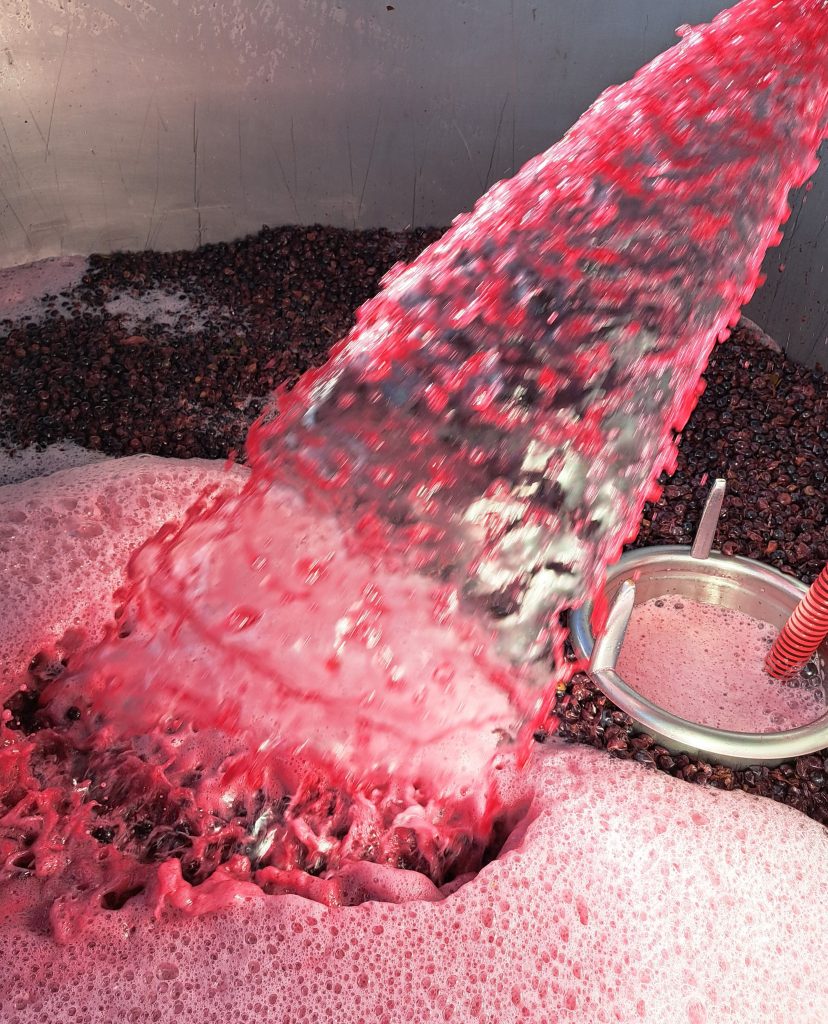
Fancy yourself a budding wine connoisseur? Well, you’ll need to learn the right lingo! So start taking (wine-tasting) notes.
“Wine writers, wine judges, wine marketers and winemakers use notes to describe a wine. This way, they are able to assess its quality and grade it accordingly, describe its taste to consumers and also refer to their notes at a later date. Typically fruit flavours that we all know are used to describe a wine, they are used as easy reference points – peach, raspberry, lemon, etc. Adjectives such as bold, elegant and fine are also used.
“The more experienced you are as a taster, the more acuity you will have in your sensory skills. We describe very good tasters as having an excellent palate. They can often tell the origin, maturity and producer just from the aroma and taste (this is called ‘blind tasting’).
“A consumer may ask – ‘What does it taste like?’ If they look at the back label, they might read something like this: “This Chardonnay has lifted citrus and melon aromas, with hints of spice and a textured palate. It shows new oak flavours, which are well integrated and bring complexity. It is fine and elegant with a long length.”
Climate and quality of wine
Wondering how climate and region impact a good wine?
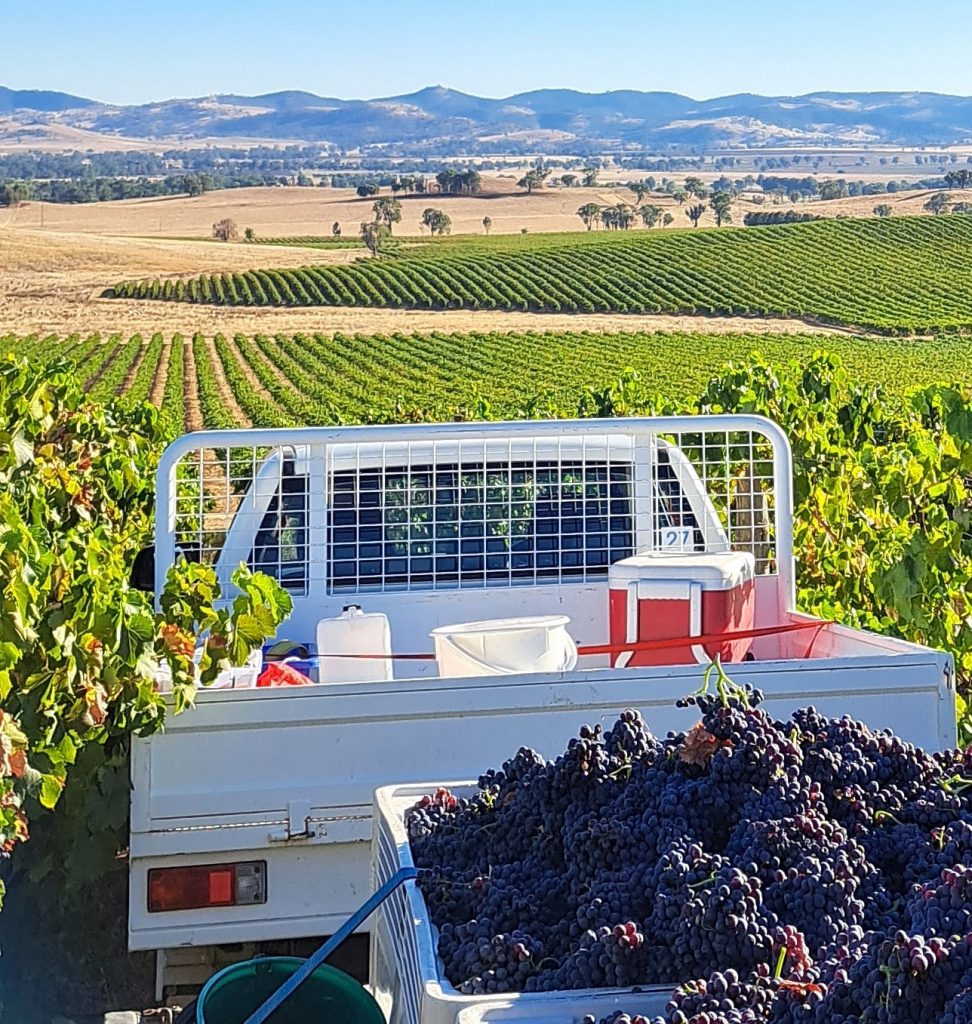
“Weather and climate have a large say in how a wine tastes. Most grapes around the world are grown between 30 and 50 degrees latitude on either side of the equator. Grapes for wine need sunshine, rainfall and warm growing temperatures. The further from the equator, the more ‘cool’ flavours appear. For instance, Riesling grapes grown in Tasmania may display lemon and lime characters, while Riesling grapes grown in the Hunter Valley may be more tropical, e.g. passionfruit and melon. It is often said that marginal climates can produce the best results; however, frosts and heatwaves can cause great harm to fruit quality.”
Good wine pairing

Now, if you’re looking for the perfect wine pairing to help you, well, unwind, here are a few pointers that will make your next dinner party a hit with guests.
“Either look for a match or a contrast. An Adelaide Hills Chardonnay – rich and full flavoured, would go well with a creamy chicken dish. That is a match. A contrast would be a New Zealand Sauvignon Blanc – very herbaceous with high acidity paired with a pasta carbonara. That is a contrast. Red wines with fish and blue cheese can sometimes work, but not often. Champagne with anything!”
Well, the secret’s out. Champagne for every occasion it is!
Does cost reflect a good (or dud) wine?
“Yes, this could be considered a truism. The market determines the quality of the wine, much like stocks and shares. For example, a winery might release its Cabernet Sauvignon at $80 but find out that it is not selling in the bottle shops and restaurants at that price. They drop their price to $60, and suddenly, they are moving it quicker. Thus, consumers have determined the price of the wine on its inherent qualities. They are often guided by wine reviewers, pundits, guidebooks and recommendations from experts, but mostly by their own taste buds.”
Top-shelf advice for choosing a good wine
Without further ado, here’s Johnny’s best advice for choosing the perfect drop for the right occasion.
- Assess the weather – is it mid-summer (Riesling) or deep winter (Nebbiolo/Port)?
- Assess the purpose – a special dinner with friends (Champagne) or a mid-week night at home with a partner (Prosecco)?
- Assess the food you might be cooking or having with the wine – seafood (Sauvignon Blanc, Pinot Grigio), poultry (Chardonnay, Gamay, Pinot Noir), vegetarian (organic Verdelho, Marsanne), or platters (Rosé, Sangiovese, Tempranillo).
- Assess your wallet!
How good wine is made
“Grapes ripen on the vine until the flavours are ‘just right’. Then, they are either picked by hand or machine harvester. They are ferried to the winery – the closer, the better for quality reasons. If the grapes are white, they are de-stemmed or left as a whole bunch and pressed straight away to release the juice. This juice is clarified at 6–8ºc for a day or two, then warmed up, and yeast is pitched in to begin fermentation, a process that converts the grape sugar into alcohol. If they are red, they’re crushed and de-stemmed (sometimes a percentage is left as a whole bunch) straight to the fermentation tank where they may sit for a day or two at below 10ºc to capture colour and tannins before they begin fermentation.
“At the end of fermentation, whites are chilled and sulphured (sulphur dioxide is used as a preservative in winemaking) then racked off their sediment, or in the case of Chardonnay go through another conversion (malo-lactic conversion) to be stored in a barrel for maturation. Red fermentations are pressed off to separate the juice – it is now alcoholic – from the skins and are settled, cleaned up and run into barrels to conduct their malo-lactic conversion, take on new oak flavours, soften their tough tannins and mature.
“The winemaker and marketing team then decide the timeline for filtering, bottling and labelling the wines for release onto the market. Sauvignon Blancs and Pinot Grigios are often released within six months of harvest, while Grenaches, Shiraz and Cabernet Sauvignons may take a good 18 months before they are released to the market.”
Winemaking at Charles Sturt
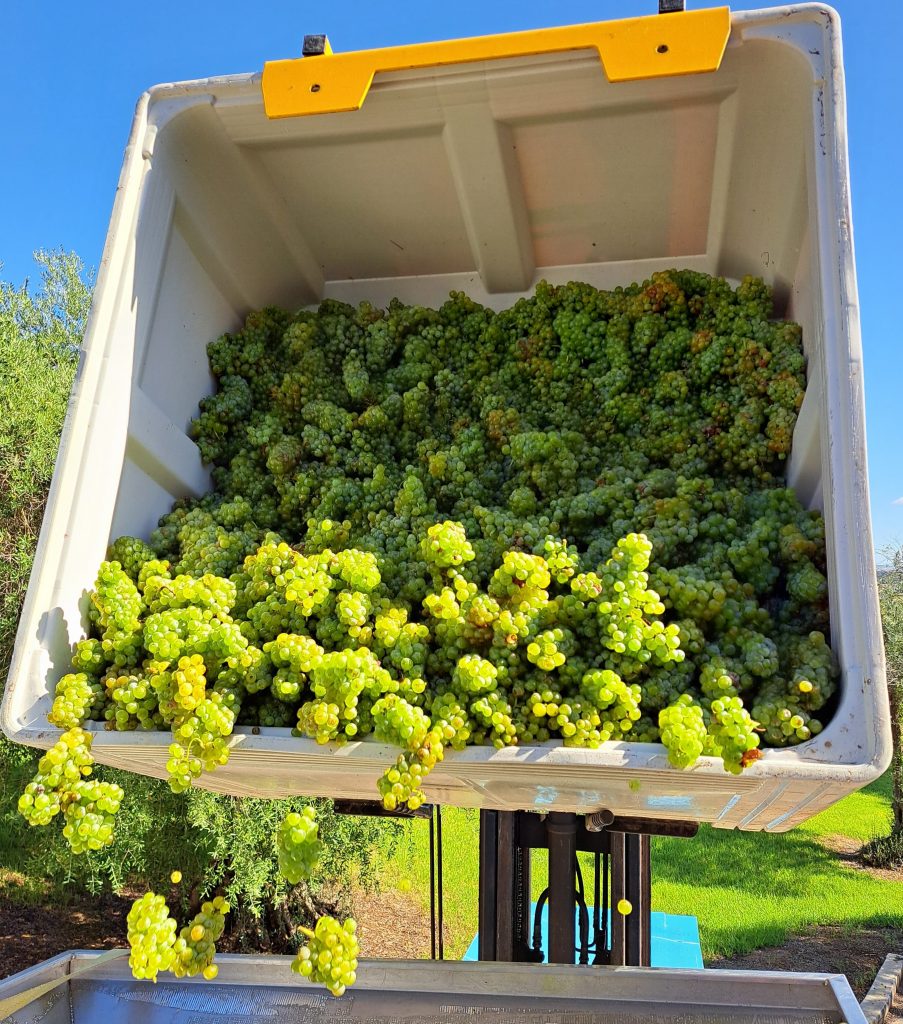
Did you know that Charles Sturt University runs a commercial winery at our Wagga Wagga campus? It’s where we produce small-batch and boutique wines.
“During the harvest period, which typically runs from February to April in Wagga Wagga, we get pretty busy in the winery. We are receiving small batches of grapes (1–2 tonnes) once or twice a week and managing the processing of those grapes through crusher de-stemmers (to remove stems and break the skins) and presses for releasing juice. We are constantly in the laboratory and tasting room analysing the grape berries and juice for acidity, sugar and potential alcohol levels. Outside of harvest we are cleaning up the wines through filtration, maturation in oak and preparing the wines for bottling.”
Award-winning regional wines
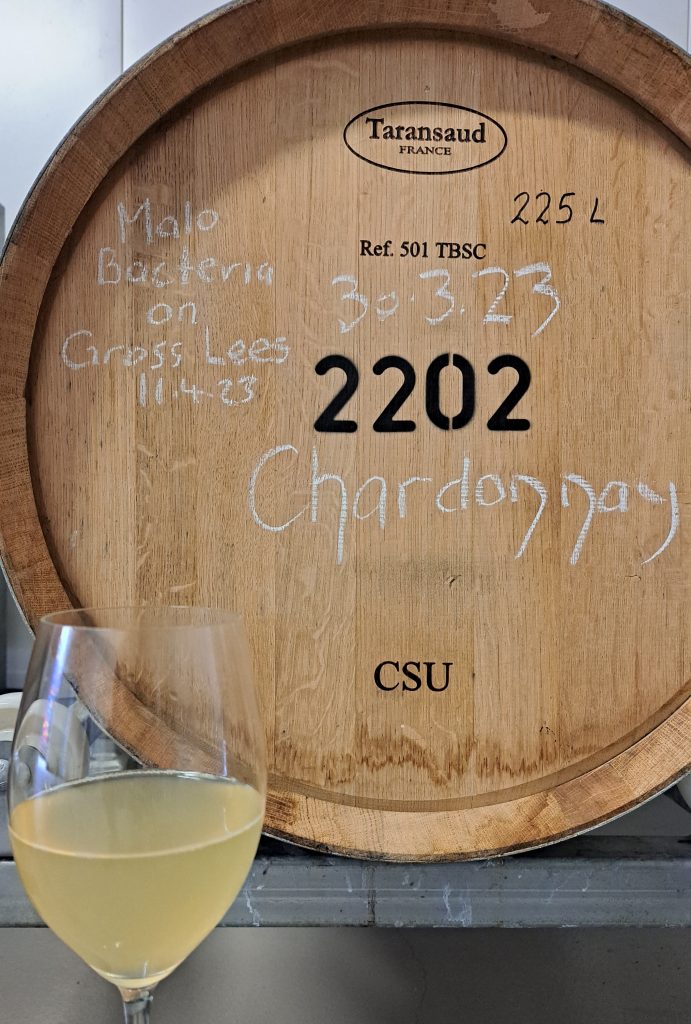
“Our wines are unique because we source our grapes from around five to 10 different regions in New South Wales. We produce them in small batches but concentrate particularly on freshness in the whites and rosés and very fine oak among the reds. We change our grape selection from time to time, but we do have some core brands, such as the Tumbarumba Chardonnay and the Mundarlo (Gundagai) Shiraz, which often win medals and awards in the Australian Wine Show System.”
Read more about Charles Sturt’s involvement in wine industry research and how we’re growing wine industry leaders.
Make great wine: study wine and viticulture!
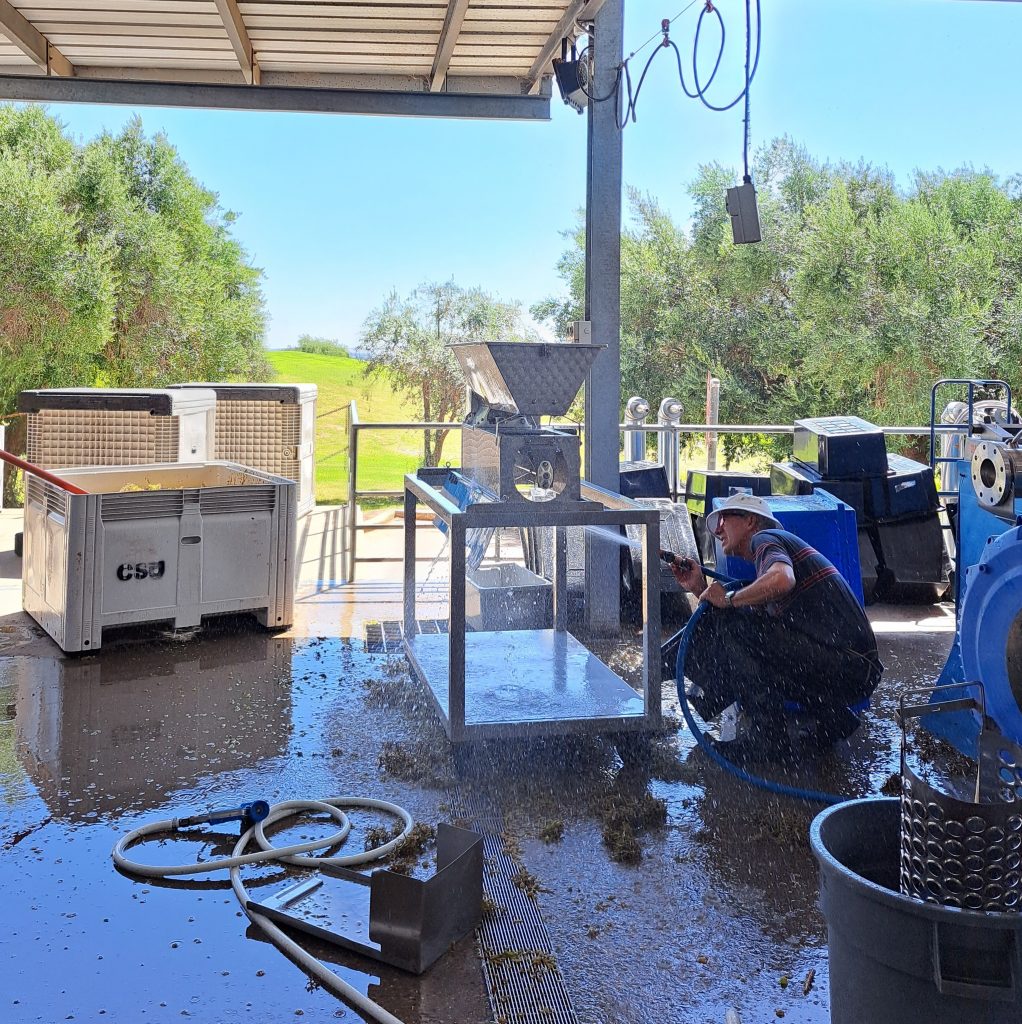
Looking to uncork a career in wine? You’ve come to the right place. Viticulture and oenology run through our veins. Whether you have a taste for the terroir of vineyards, a nose for winemaking, or an eye for a marketing opportunity, our wine courses will set you up for success. Choose from our fully online Bachelor of Viticulture or our Bachelor of Wine Science.

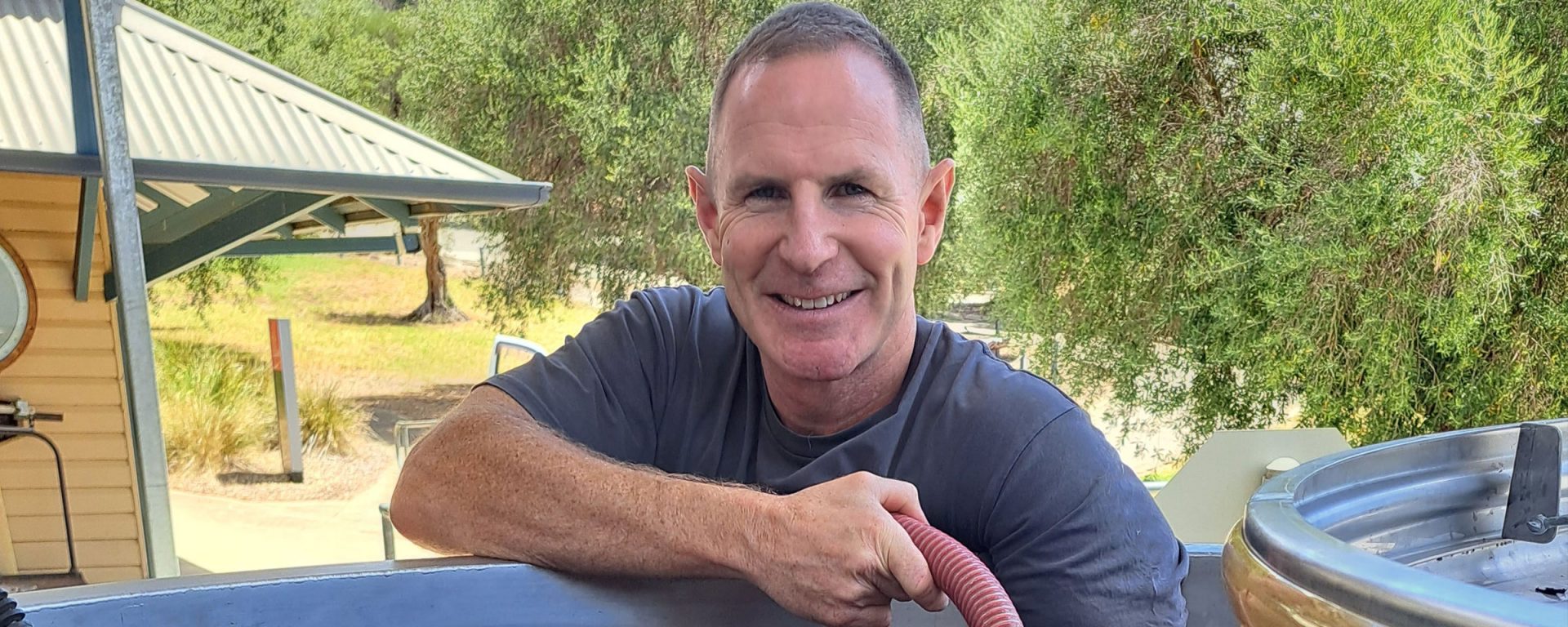
You must be logged in to post a comment.